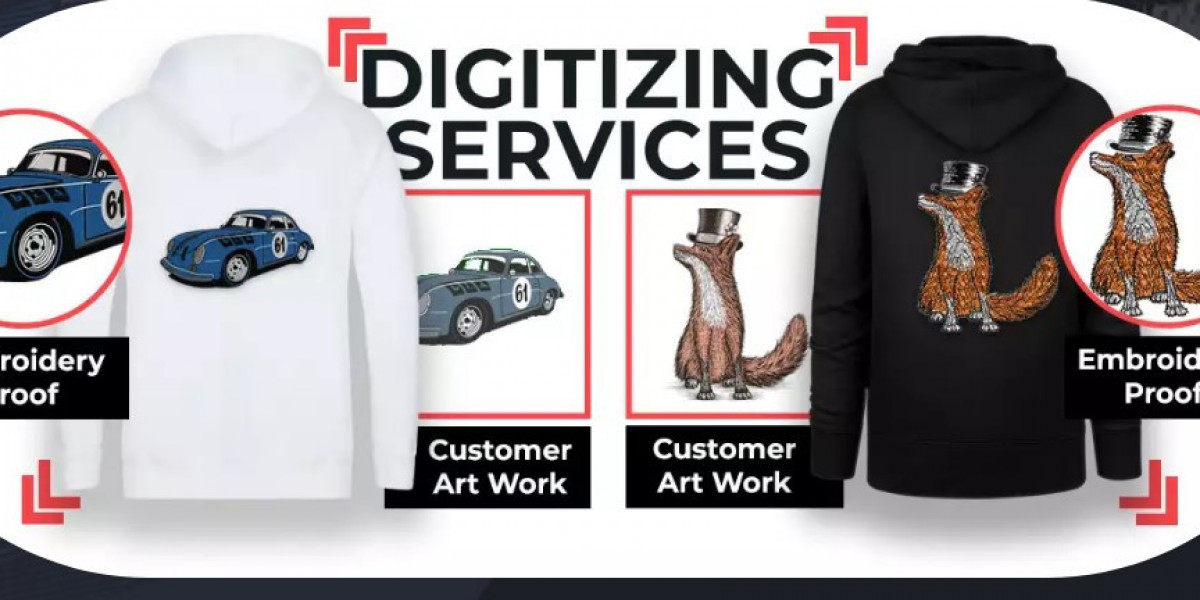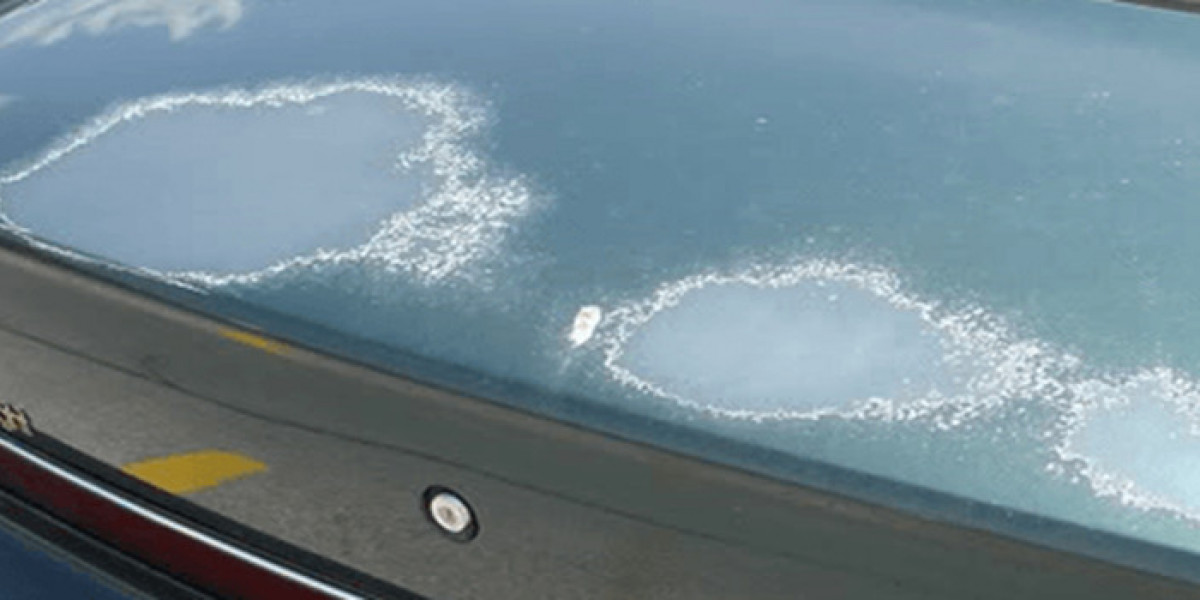Embroidery has been around for centuries used to decorate royal robes, religious garments, and everything in between. But like every form of art, it has evolved. One of the most revolutionary changes in this industry is digitized embroidery design. If you’ve ever wondered how a hand-drawn logo ends up perfectly stitched on a hat or jacket, you’re about to enter a world where creativity meets precision.
What is Digitized Embroidery Design?
Turning Art into Thread
Digitized embroidery design is the process of converting artwork whether it’s a hand-drawn sketch, a JPG file, or a company logo into a format that embroidery machines can read and stitch.
Unlike printing, embroidery machines don’t just "see" an image. They need exact instructions on how to stitch it. That’s where digitizing comes in. It’s like teaching the machine how to "draw" using thread instead of ink.
Why Digitized Embroidery is a Game-Changer
Digitizing brings consistency, speed, and scalability. Whether you're making one shirt or a thousand, the quality remains the same. It also allows for intricate detail, even on tough fabrics. No more guesswork, just clean, professional stitching every time.
Tools of the Trade: Software That Makes It Happen
Digitizers use specialized software like Wilcom, Hatch, Pulse, and Embrilliance to create these magical stitch files. The software allows control over stitch types, densities, underlays, and thread paths. It’s part art, part science and all skill.
Common File Formats in Digitized Embroidery
You’ll often hear terms like DST, PES, EXP, or JEF. These are machine-specific formats that tell embroidery machines exactly how to move, when to change colors, and how many stitches to use.
File Type | Machine Brand |
DST | Tajima |
PES | Brother/Babylock |
JEF | Janome |
EXP | Melco/Bernina |
How the Digitizing Process Works
1. Artwork Submission
The process starts with a clear image or vector file. A high-resolution JPG or PNG works fine, but vector files like AI or EPS are ideal.
2. Path Planning
The digitizer decides the stitching sequence and direction. This step ensures minimal thread breaks and clean transitions.
3. Stitching Simulation
The design is tested on screen before actual stitching. This step saves time, thread, and fabric.
4. Test Stitching
A sample is stitched to evaluate the result. Tweaks are made until it's just right.
Benefits of Professional Digitized Embroidery Design
- High Precision
- Repeatability
- Customization
- Speed for Bulk Orders
- Compatibility with Modern Machines
Digitized designs save time and offer unmatched accuracy. Plus, once your design is digitized, it’s ready forever.
DIY vs. Professional Digitizing
While there are DIY digitizing tools out there, professional services offer far better results. A skilled digitizer understands fabric types, thread tension, and complex stitching paths. If your logo represents your brand, it’s worth doing it right.
Industries That Rely on Digitized Embroidery
Digitized embroidery isn’t just for clothing brands. It’s widely used in:
- Corporate Uniforms
- Sports Apparel
- School Merchandise
- Event Branding
- Military & Tactical Gear
- Promotional Products
Everywhere you look, there’s probably a digitized design behind the stitching.
Design Tips for Better Digitizing
Keep It Simple
Too much detail can get lost in stitches especially on small items like caps.
Avoid Thin Lines
Embroidery requires some thickness to hold its shape.
Choose the Right Colors
Thread colors don’t always match screen colors test before finalizing.
Use Bold Fonts
Delicate, cursive fonts can lose readability when stitched.
Custom Digitizing: Bringing Your Vision to Life
Need something totally unique? Many services offer custom embroidery digitizing based on your sketches, logos, or wildest ideas. Whether it's a cartoon character, a monogram, or a detailed patch, it can be digitized.
Where to Get Digitized Embroidery Designs
You can find professional digitizing services through:
- Freelancers on platforms like Fiverr or Upwork
- Specialized Agencies like Digitizing Buddy
- Embroidery Forums & Communities
- Local Print and Stitch Shops
Always check for reviews, turnaround times, and sample work before choosing your provider.
Embroidery Machines That Love Digitized Designs
If you're running a home or commercial embroidery business, you’ll want machines that support custom file formats. Popular options include:
- Brother PE800
- Janome Memory Craft
- Bernina 570 QE
- Tajima Multi-Head Commercial Machines
Each supports specific file formats, so ensure your digitizer provides the right one.
The Future of Embroidery Digitizing
With AI and machine learning creeping into every industry, expect embroidery digitizing to get even more advanced. Auto-digitizing is improving, and 3D puff embroidery, gradient threads, and textured fills are pushing creative boundaries.
FAQs
1. What is the average cost of digitizing a logo for embroidery?
Prices vary depending on complexity, but typically range from $10 to $50 per design.
2. Can I use any image for embroidery digitizing?
Yes, but high-resolution or vector images work best. Avoid blurry or pixelated files.
3. Is digitizing the same as embroidery?
No digitizing is the prep process. Embroidery is the actual stitching using the digitized file.
4. What file format do I need for a Brother embroidery machine?
Brother machines typically use .PES files for embroidery designs.
5. Can I edit a digitized embroidery file?
You can, but you’ll need compatible software and some digitizing knowledge to avoid damaging the design.
Final Thoughts
Digitized embroidery design is more than just a tech upgrade—it’s a creative revolution. It allows your vision to be perfectly stitched onto anything from hoodies to hats. Whether you’re a small business, fashion brand, or hobbyist, mastering or outsourcing quality digitizing can take your embroidery game to the next level.







